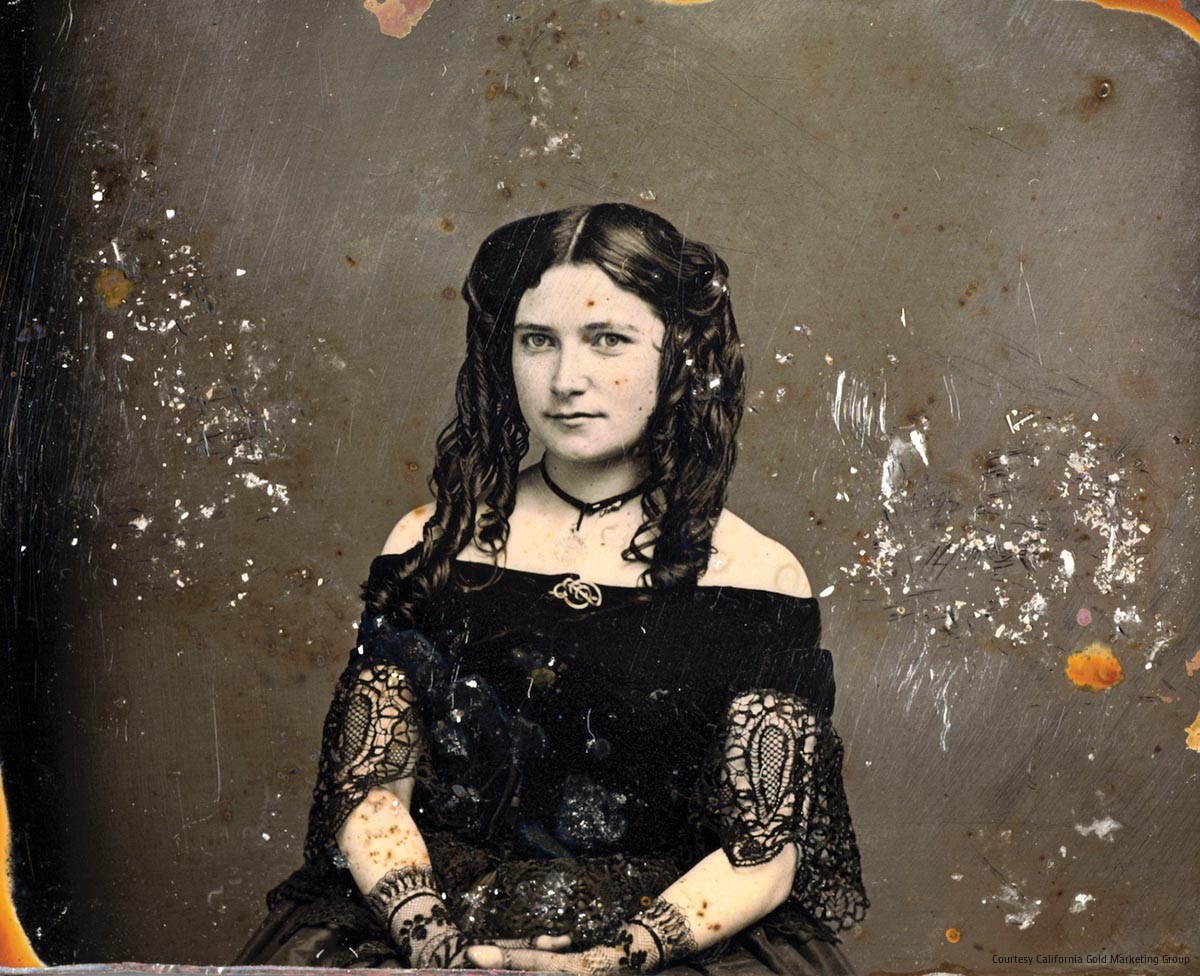In the quiet, dimly lit halls of the Musée du Louvre, among countless artifacts that tell stories of ancient civilizations, there lies a small but striking object that whispers secrets of love, desperation, and ancient magic. This object is a female doll, positioned in a kneeling pose and pierced with thirteen sharp pins. Alongside it was discovered a lead curse tablet inscribed with a love binding spell — a powerful relic from Roman Egypt, dating back to the 4th century AD.
This doll, simple yet chilling, offers a rare glimpse into the intimate and often turbulent world of ancient emotions, where love and magic were intertwined, and where the supernatural was invoked to influence the heart’s deepest desires.
The Doll: More Than Just a Toy
At first glance, the doll might appear as a mere toy or figurine. However, its posture — kneeling with hands likely clasped or raised — and the disturbing detail of thirteen pins driven into its body reveal its true purpose: it was a magical tool, an object crafted for a ritual of love binding.
In many ancient cultures, dolls like these were used as conduits to affect real people. By manipulating the doll, the practitioner believed they could influence the life and emotions of the person the doll represented. The number thirteen, often associated with superstition and power, was here likely intended to amplify the spell’s effectiveness.
The Lead Curse Tablet: Words of Ancient Magic
Accompanying the doll was a lead curse tablet, or defixio, a small sheet of lead inscribed with a spell meant to bind the affections of a beloved. These tablets were common in the Greco-Roman world and served as petitions to the gods or spirits to intervene in human affairs, especially those matters of the heart.
This particular spell is a love binding curse — a plea, or perhaps a demand, that the desired individual be irresistibly drawn to the caster. It reveals the emotional intensity and complexity of ancient relationships, where love was not only an emotional experience but also a battlefield for control, jealousy, and desire.
Roman Egypt in the 4th Century AD: A Cultural Melting Pot
The 4th century AD was a time of significant transition in Roman Egypt. The ancient Egyptian traditions coexisted and intertwined with Greco-Roman culture, creating a unique blend of religious practices and magical beliefs. Magic was not merely superstition but an accepted part of daily life, practiced by many across social classes.
The use of curse tablets and magical dolls reflects this rich tapestry of beliefs, where people sought control over fate and fortune through ritual. It also shows how personal and universal the experience of love was — transcending time and culture.
The Symbolism of the Doll and Pins
The pins piercing the doll were likely intended to 'bind' the person represented, preventing them from straying or resisting the spellcaster’s desires. Each pin may have symbolized a specific aspect of control or a particular barrier to love that needed to be pierced.
This physical act of piercing contrasts with the spiritual nature of the spell, illustrating how tangible objects and written words were combined to manifest a desired outcome in the metaphysical realm.
What This Tells Us About Ancient Love and Magic
The kneeling doll with its pins and accompanying curse tablet invites us to reflect on the timelessness of human emotions. It reminds us that love, with all its passion and pain, has always been a powerful force driving people to seek extraordinary solutions — whether through heartfelt pleas or mystical rituals.
It also challenges our modern perceptions of ancient peoples, showing us that beneath the grand historical narratives were individuals grappling with the same fears, hopes, and yearnings as we do today.
The Louvre’s Treasure: Preserving Stories of the Past
Today, this haunting artifact rests in the Musée du Louvre, where visitors can ponder its story and the lives it touched nearly 1,700 years ago. It stands as a testament not only to the art of ancient magic but also to the universal human quest for connection and affection.
Next time you visit the Louvre, pause by this small figure — the female doll pierced with thirteen pins — and imagine the story behind it: a story of love, desperation, and a world where magic was real enough to be grasped in the hands.






